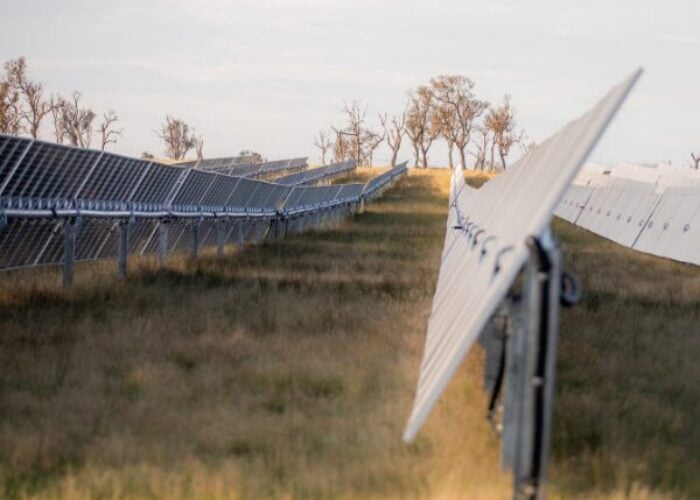An in-depth study of the concentrated photovoltaics (CPV) market conducted by the University of Jaen (Spain) and CPV Today has revealed that grid parity could be on the cards for the technology as soon as 2011. Focussing on areas of high irradiance, the study has stated that efficiency increases in cells and optics will be necessary to allow for this target to be reached so soon.
The report, dubbed ‘The CPV Challenge (Part I): Achieving Grid Parity,’ claims that CPV holds a wealth of potential for huge cost reductions given its use of triple-junction cells that can reach efficiencies of 35% to 39% coupled with concentrating optic elements. These multi-junction cells use up to 1775 times less cell surface than conventional cells of 14% efficiency, according to the report. While the semiconductor materials used in conventional cells are so expensive, the cost per watt of CPV technology seems to hold great promise for reaching the mecca of grid parity.
Try Premium for just $1
- Full premium access for the first month at only $1
- Converts to an annual rate after 30 days unless cancelled
- Cancel anytime during the trial period
Premium Benefits
- Expert industry analysis and interviews
- Digital access to PV Tech Power journal
- Exclusive event discounts
Or get the full Premium subscription right away
Or continue reading this article for free
However, the technology is still quite expensive. During the course of the data collection for this report, CPV Today found that the relatively high cost of CPV technology is due in part to the fact that most CPV installations are small and that larger-scale installations would ‘even out’ the cost of the technology, which stands at around €0.31 to €0.39 per kWh.
The report estimates that “dramatic” costs reductions over the next few years will see this cost reduced to €0.12 to €0.15 per kWh in 2015 in locations featuring a level of solar irradiation of 2500 kWh/m2/year.





